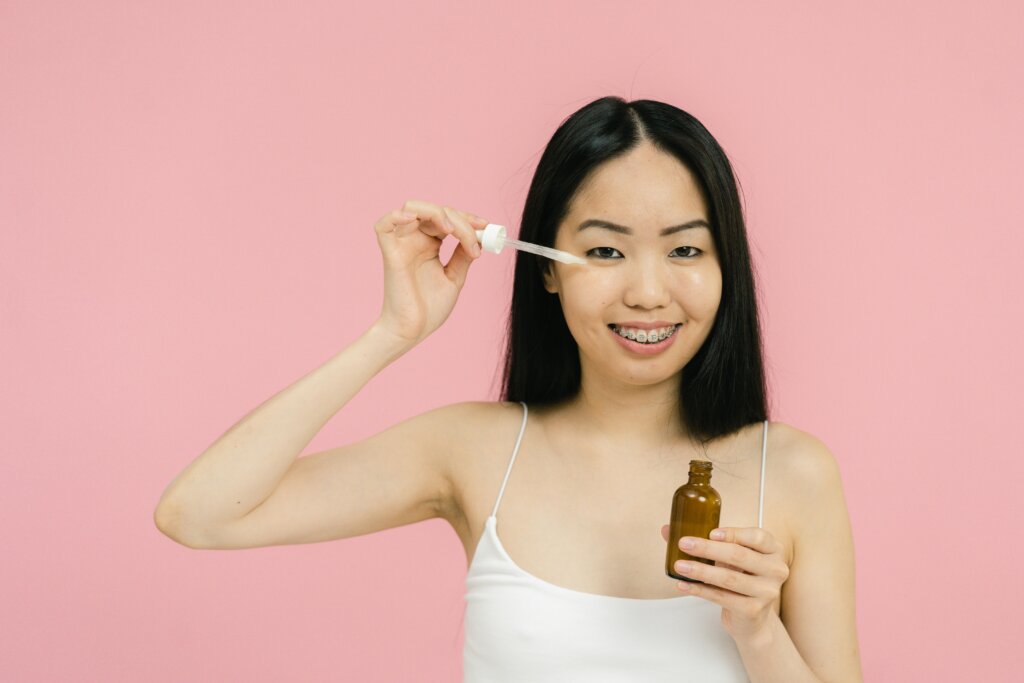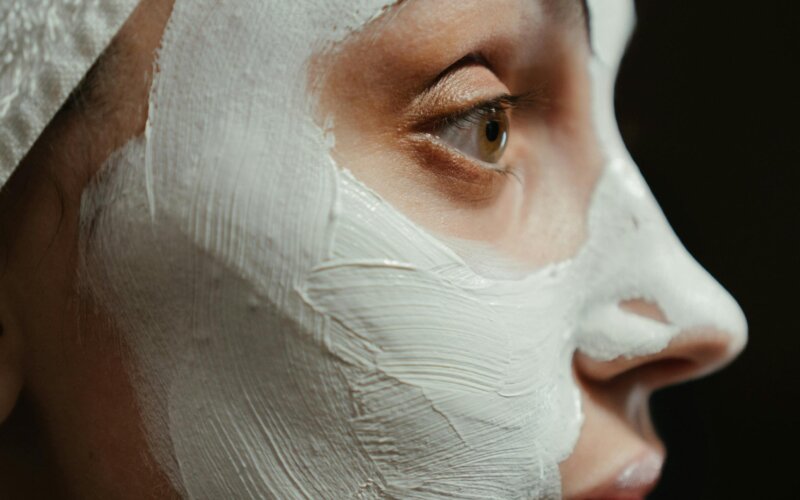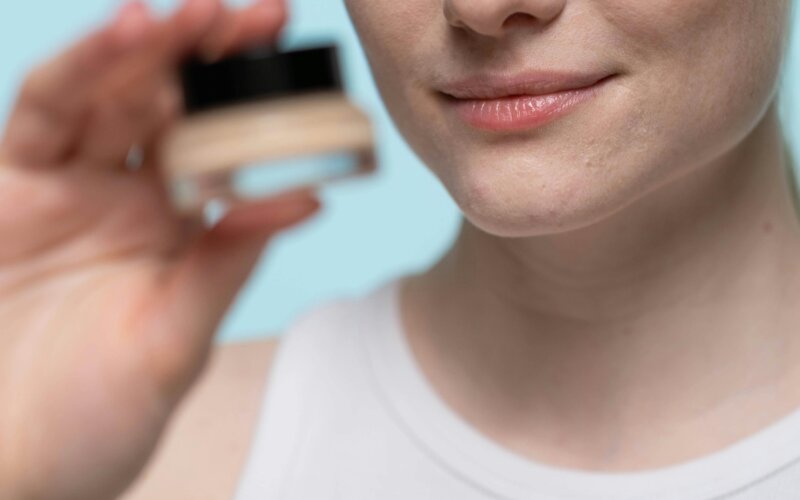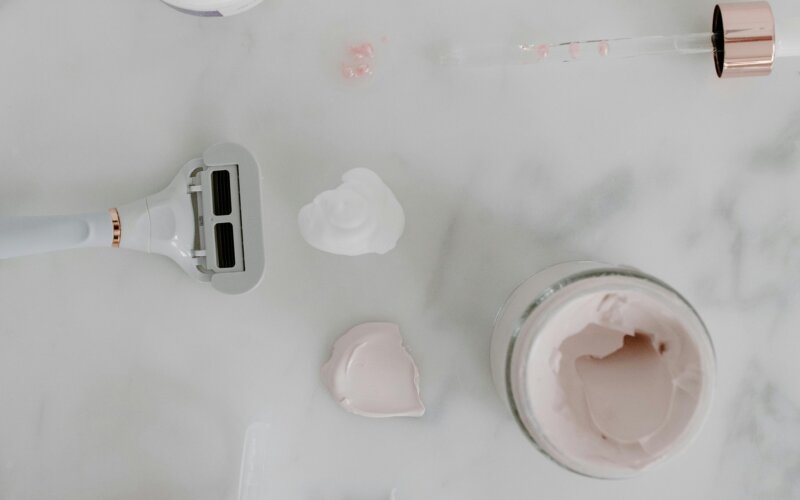
The delicate skin around your eyes is often the first to show signs of aging. Fine lines, wrinkles, dark circles, and puffiness can all appear in this sensitive area. This is where under-eye creams come into the picture. But are they truly necessary, or is it just another marketing ploy to empty your wallet? Is it worth investing in another product when you use targeted serums and night creams?
Understanding the Under-Eye Area
Let’s start from the beginning. Unlike the thicker skin on the rest of your face, the under-eye area is exceptionally fragile and often displays aging signs sooner. The skin around your eyes is significantly thinner, making it more susceptible to damage and dryness. Due to its thinness and constant movement, the under-eye area is prone to irritation. Unlike the T-zone, this area produces fewer natural oils, leading to dryness. The proximity of blood vessels can contribute to dark circles and puffiness.
The Purpose of Under-Eye Creams
Given the delicate nature of the under-eye skin, it’s clear that it requires special care. Under-eye creams are formulated to address the specific concerns of this area. In some cases, simply applying moisturizer to the skin around the eye may be sufficient, but if someone is dealing with specific concerns then incorporating ingredients such as retinol, peptides, and antioxidants may be helpful. They typically contain Hyaluronic acid which helps to hydrate and plump the skin, Retinol to reduce fine lines and wrinkles, Caffeine to reduce puffiness, Vitamin C to brighten the under-eye area and reduce dark circles and Peptides to improve skin elasticity. While a regular moisturizer can hydrate the skin, it might not be potent enough to address the specific needs of the under-eye area. An under-eye cream, on the other hand, is designed to deliver targeted benefits.
Is under-eye cream different from serums and moisturizers?
It can be confusing to differentiate between eye creams, serums, and moisturizers. Serums are lightweight formulations packed with active ingredients. They penetrate deeper into the skin compared to moisturizers. Moisturizers hydrate and protect the skin’s outer layer. Eye creams are specifically formulated for the delicate under-eye area, addressing concerns like dark circles, puffiness, and wrinkles. While you can use a moisturizer on the under-eye area, an eye cream offers more targeted benefits. Eye creams contain more oil than a face moisturizer and are usually more hydrating and effective.
The skin around the eyes is exceptionally delicate, lacking oil glands and prone to dryness. This fragility, combined with constant muscle movement from blinking and facial expressions, accelerates the appearance of fine lines, wrinkles, and puffiness. Additionally, fluid buildup in the area often contributes to dark circles. To address these unique challenges, eye creams are formulated with concentrated ingredients specifically designed for this sensitive region. However, if you have sensitive skin, you might want to patch-test a new eye cream before applying it to the entire area.
Can Eye Creams Treat Under-Eye wrinkles/dark circles/eye bags?
The effectiveness of an eye cream depends on several factors, including the ingredients, the severity of the issue, and individual skin type. While eye creams can help improve the appearance of dark circles, wrinkles, and puffiness, they might not eliminate them. Some eye creams contain ingredients like vitamin C and caffeine that can help lighten dark circles. However, genetic predisposition and lifestyle factors also play a role. Eye creams with retinol or peptides can help reduce the appearance of fine lines and wrinkles. But prevention through sun protection is equally important. Ingredients like caffeine and hyaluronic acid can temporarily reduce puffiness. However, lifestyle factors such as sleep, diet, and hydration also contribute to this issue.
Common Under-Eye Cream Mistakes
Even if you’re using an eye cream, you might not be getting the best results due to some common mistakes:
- Applying with dirty hands: This can transfer bacteria and dirt to the delicate under-eye area, leading to irritation and breakouts. Always wash your hands before any skincare application. Also, to ensure better product penetration, wash your face thoroughly, especially with an AHA and BHA-based face wash.
- Rubbing too much: Take pea pea-sized amount which is enough for both of your eyes. Apply it with your ring finger as it has the least amount of pressure which is perfect for under eye area. The under-eye skin is fragile. Rubbing it vigorously can worsen wrinkles and irritate. Gently pat the cream on the skin.
- Selecting the wrong eye cream: Not all eye creams are created equal. Choose a product that addresses your specific concerns and suits your skin type. Look for retinol and peptide eye creams if struggling with fine lines and wrinkles. For dark circles, ingredients like niacinamide and caffeine are beneficial. Niacinamide brightens the under-eye area, while caffeine helps reduce puffiness by stimulating circulation. If you’re dealing with multiple issues, consider a multi-tasking eye cream that addresses these concerns simultaneously.


- Creams vs. gels eye creams: Creams are typically richer and better suited for dry skin, while gels are lighter and ideal for oily or combination skin. Try eye roll-on or eye patches for a quick fix before an event.
- Not knowing how to layer: Apply your eye cream after cleansing and toning, but before your moisturizer and sunscreen. If you use a serum, apply it before the eye cream.
- Not being consistent: For optimal results, use your eye cream consistently, both morning and night. You have to be consistent and give it a minimum of 3-5 weeks to show results. But if it’s not living up to its claims despite your commitment, you need to switch to a different product or seek an expert’s advice.
Remember, while under-eye creams can be a valuable addition to your skincare routine, they are not a miracle cure. A healthy lifestyle, including adequate sleep, a balanced diet, and sun protection, is essential for overall skin health. By understanding the unique needs of your under-eye area and using your eye cream correctly, you can help improve the appearance of this delicate skin and achieve a more youthful look.
Also read:
The correct order you should follow for the Skincare Steps Routine!
Skincare Myths a Dermatologist Wants You to Stop Believing!
Tips on Covering Dark Circles coming from a Professional Makeup Artist!




Real Estate I’m often to blogging and i really appreciate your content. The article has actually peaks my interest. I’m going to bookmark your web site and maintain checking for brand spanking new information.